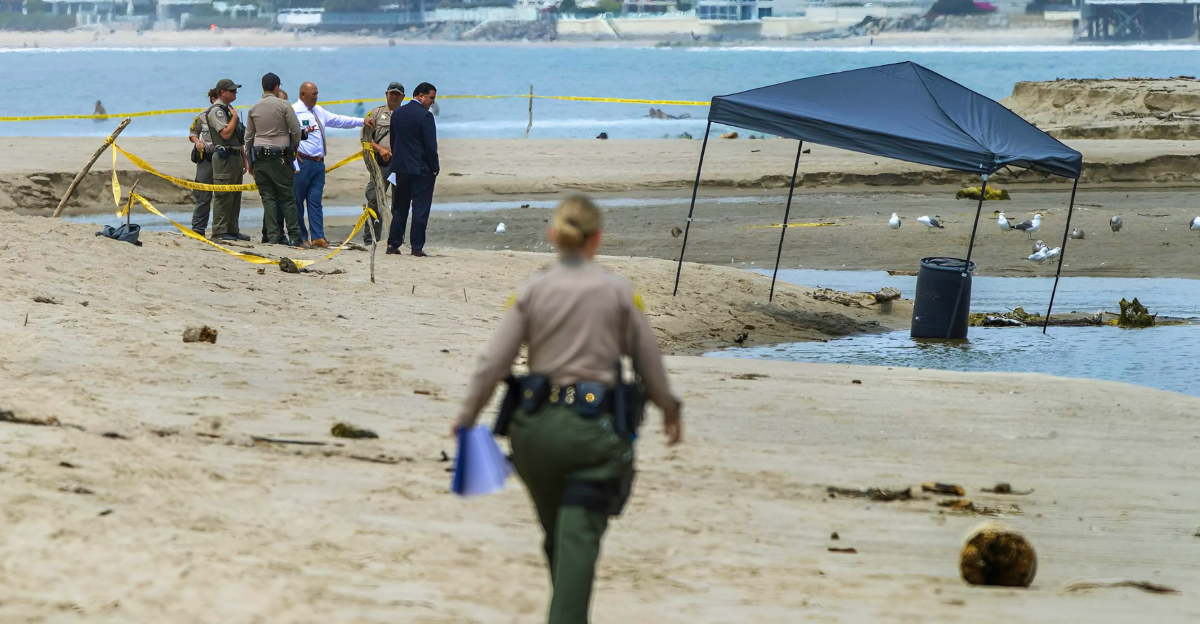
This July Fourth weekend, Southern California’s coastline faced an unprecedented challenge that tested the skills and endurance of even the most seasoned lifeguards and beachgoers. The holiday, typically marked by festive beach gatherings and fireworks, turned into a high-stakes safety operation. Powerful waves and dangerous rip currents swept across the shore, creating perilous conditions that caught many swimmers off guard.
Lifeguards were pushed to their limits as they scrambled to respond to many distress calls. The combination of large holiday crowds and unusually fierce ocean conditions made this weekend unlike any other in recent memory. The dramatic surge in rescues highlighted the unpredictable power of the Pacific Ocean and the vital role lifeguards play in protecting the public during such extreme events. This weekend’s events remind us that the ocean’s beauty can quickly turn hazardous.
Rising Ocean Risks Across the Coast
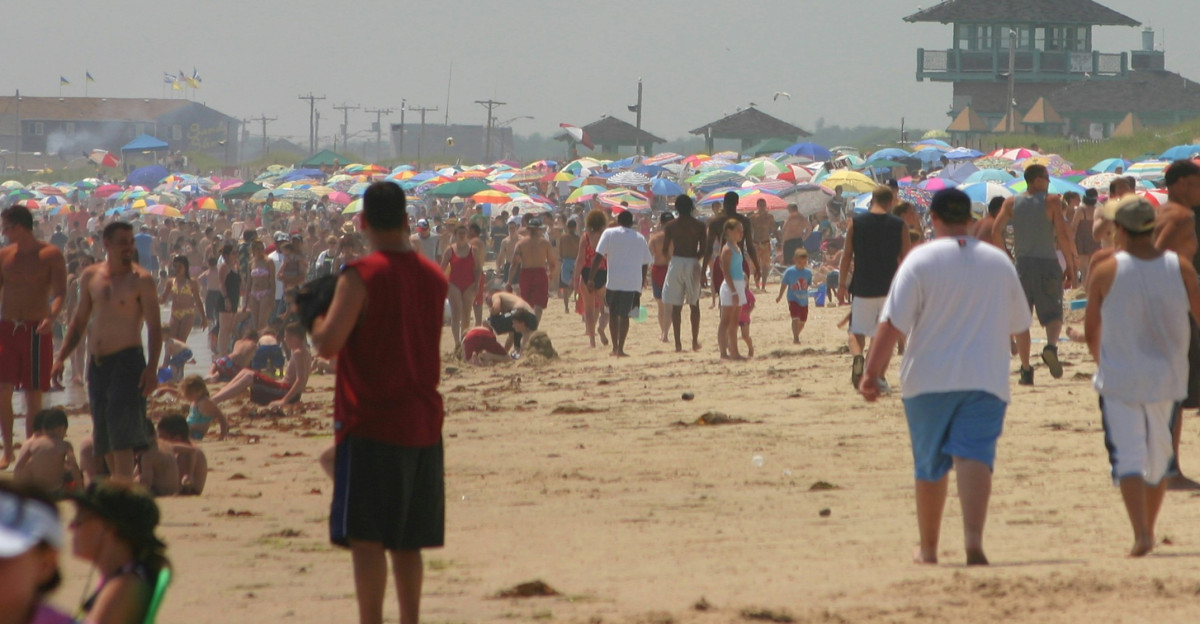
Millions of people flock to the U.S. West Coast’s beaches each summer to enjoy the sun and surf. However, this year, the ocean presented a heightened level of danger. Powerful rip currents and large surf conditions created a hazardous environment for swimmers, surfers, and families. The National Weather Service warned about swells reaching six to eight feet, significantly increasing the risk of accidents.
These conditions were not isolated; from Northern California down to Orange County, lifeguards reported a sharp increase in rescues. The rising ocean hazards have raised alarm bells among coastal communities and emergency responders alike. This surge in dangerous conditions is part of a worrying trend linked to changing climate patterns and increased beach attendance. The stakes were higher than ever this holiday weekend, making beach safety a critical concern for millions.
Independence Day Traditions by the Sea
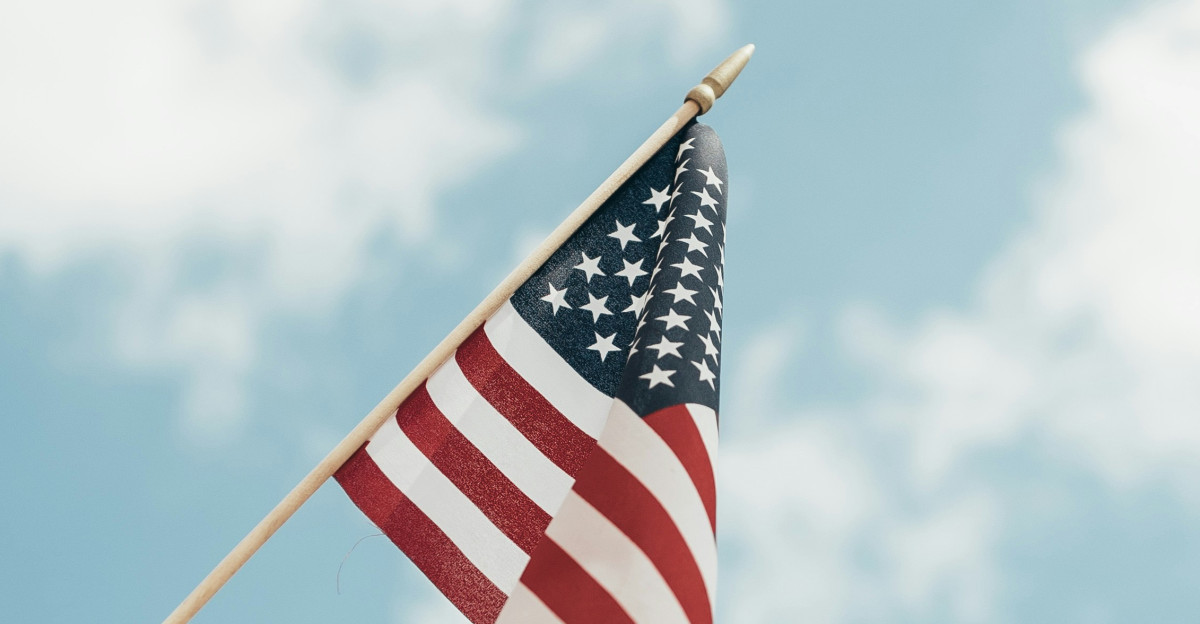
For generations, families have celebrated Independence Day along California’s iconic beaches. The tradition of gathering by the ocean for barbecues, fireworks, and swimming has become a cherished part of the holiday. Many beachgoers have long trusted the familiar waves and the vigilant watch of lifeguards to keep them safe. These coastal celebrations evoke nostalgia and community spirit, with parents teaching children to swim and enjoy the ocean responsibly.
The presence of professional lifeguards has historically provided reassurance, allowing families to relax and enjoy the festivities. However, the sea is a dynamic and sometimes unpredictable environment. While these traditions continue to bring joy, this year’s events serve as a reminder that even familiar waters can become dangerous, requiring heightened awareness and respect for nature’s power.
Escalating Dangers Amid Summer Fun
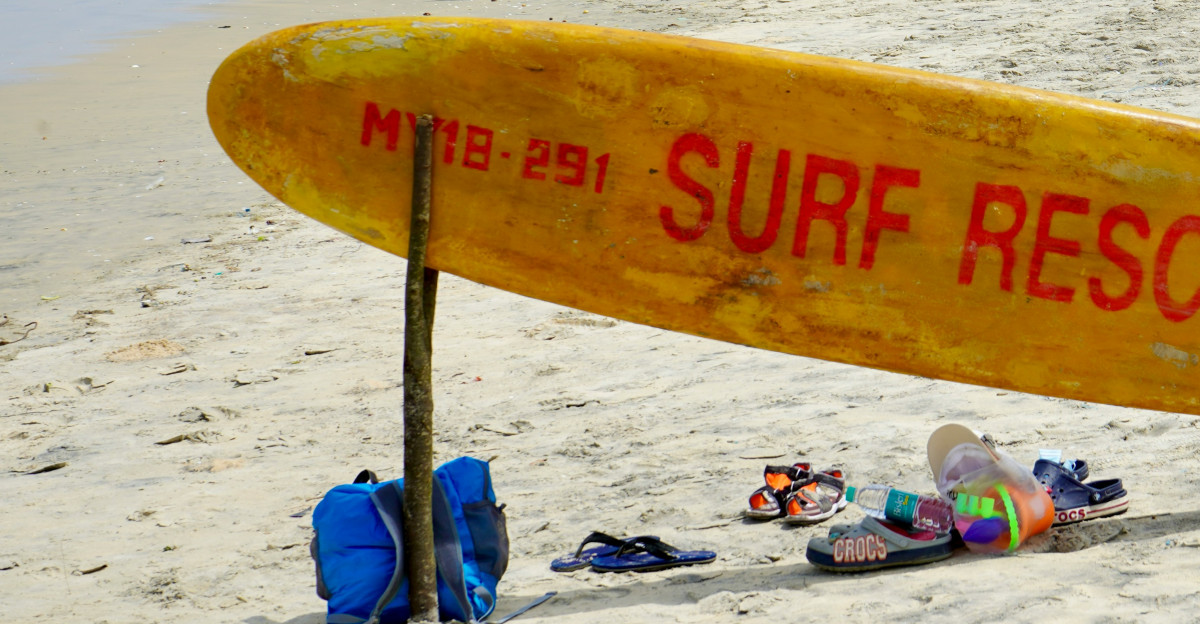
This year’s July Fourth weekend revealed a troubling shift in beach safety dynamics. Warmer weather attracted larger crowds, but the powerful surf and rip currents created the most danger. Lifeguards noted that “monster rip currents” were pulling swimmers rapidly out to sea, making rescues more frequent and complex. Surf heights consistently reached eight feet, far above average for this time of year.
The combination of environmental factors, warmer ocean temperatures, increased visitor numbers, and powerful waves created perilous conditions rarely seen on these shores. Lifeguards had to contend with multiple emergencies simultaneously, stretching their resources thin. This escalation in ocean hazards is a wake-up call for beachgoers to exercise caution and for communities to invest in enhanced safety measures to protect lives during peak holiday periods.
Over 500 Lives Saved on July Fourth

On July Fourth alone, lifeguards rescued over 500 people from the waters off Huntington Beach and Newport Beach. Many swimmers were caught in “monster rip currents” that pulled them far from shore, requiring swift and coordinated rescue efforts. Huntington Beach lifeguards performed 152 rescues amid consistent eight-foot waves, while Newport Beach lifeguards saved more than 350 swimmers, including a dozen in danger near a rocky jetty.
Helicopter and boat teams were deployed to assist in large-scale operations, highlighting the severity of the situation. These heroic efforts prevented what could have been a tragic holiday weekend, showcasing the critical importance of well-trained lifeguards and emergency responders. The sheer volume of rescues underscores the ocean’s power and the urgent need for public awareness about rip currents and water safety. This number of rescues marks one of the busiest and most challenging days in recent lifeguard history.
Source: SFGate
Orange County’s Lifesaving Response
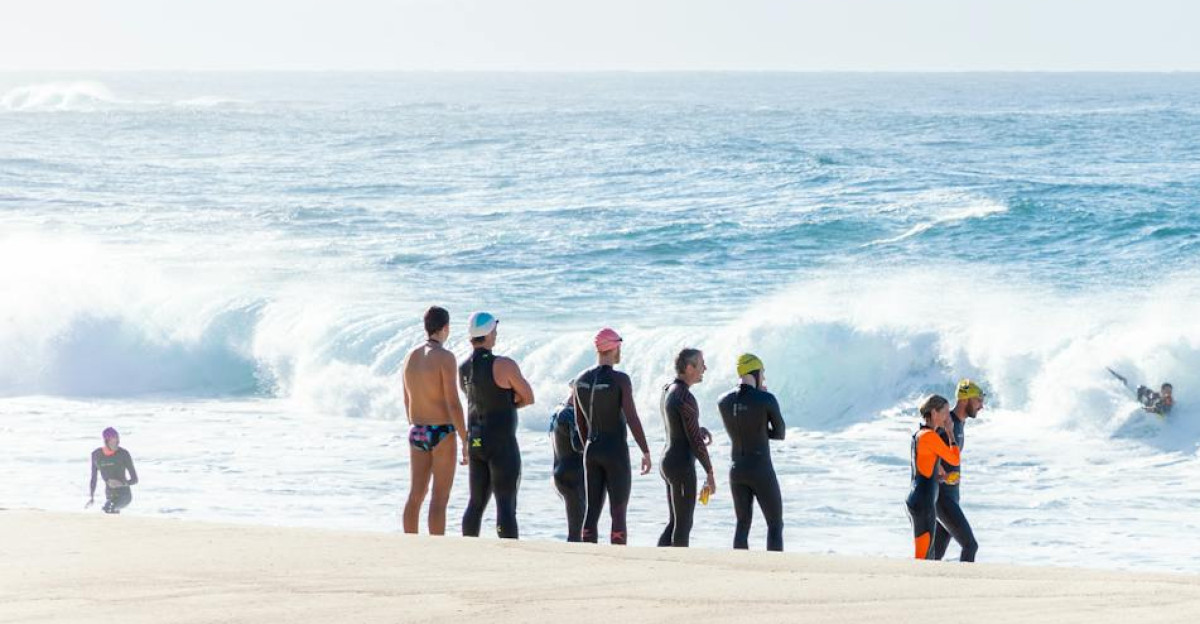
In Orange County, lifeguards faced extraordinary demands. Huntington Beach, known as “Surf City USA,” doubled its lifeguard staffing to meet the surge in emergencies. The consistent eight-foot waves made swimming conditions treacherous, resulting in 152 rescues. Newport Beach lifeguards responded to over 350 incidents, including several near hazardous rocky areas where swimmers were at heightened risk. The volume and intensity of rescues required coordination between lifeguard teams, emergency medical personnel, and local law enforcement.
These efforts highlight the dedication and professionalism of Orange County’s lifeguard services. The weekend’s events also brought attention to the need for increased funding and support for lifeguard operations, which are essential for public safety during peak beach seasons. The community’s reliance on these first responders was never more evident than during this intense holiday weekend.
Source: SFGate
The Human Toll on Lifeguards
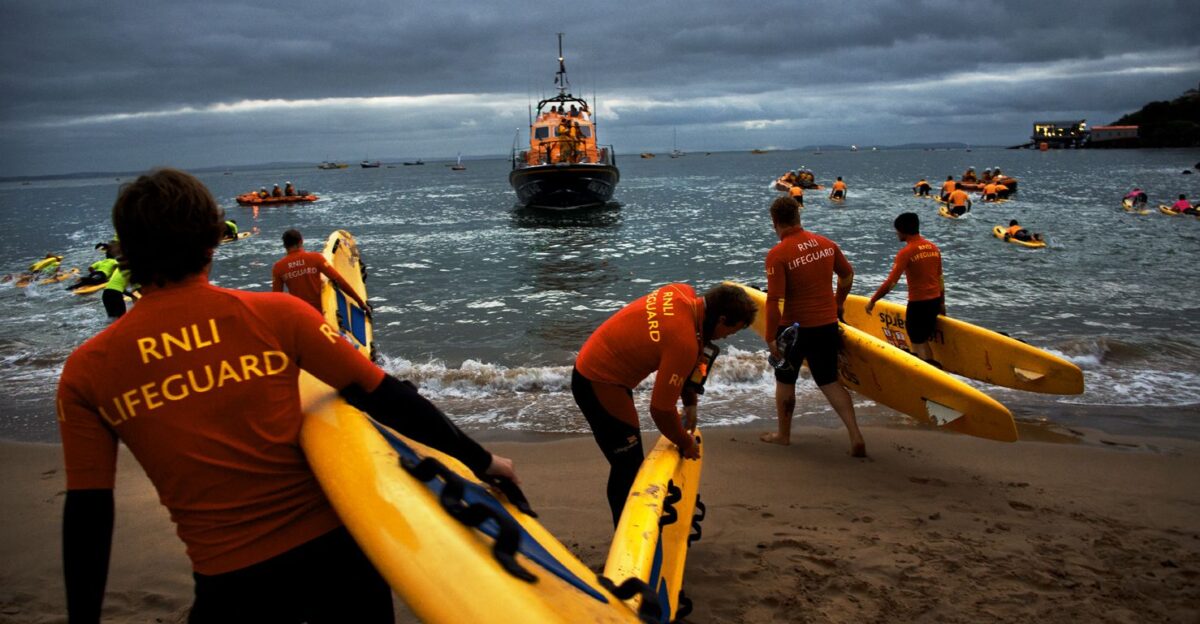
Behind the dramatic rescues lies the human story of lifeguards and emergency responders working tirelessly under extreme conditions. Many lifeguards reported exhausting shifts, battling relentless waves, and managing multiple emergencies simultaneously. The physical strain of repeatedly entering rough waters and the emotional weight of saving lives took a significant toll. Interviews with lifeguards reveal their commitment to public safety despite fatigue and stress.
The weekend’s events also exposed gaps in staffing and resources, emphasizing the need for better support systems. These frontline heroes often work behind the scenes, yet their efforts are critical to preventing drownings and injuries. Their dedication during this challenging weekend exemplifies the courage and resilience required to protect beachgoers in the face of nature’s power.
Regional Surge in Ocean Hazards
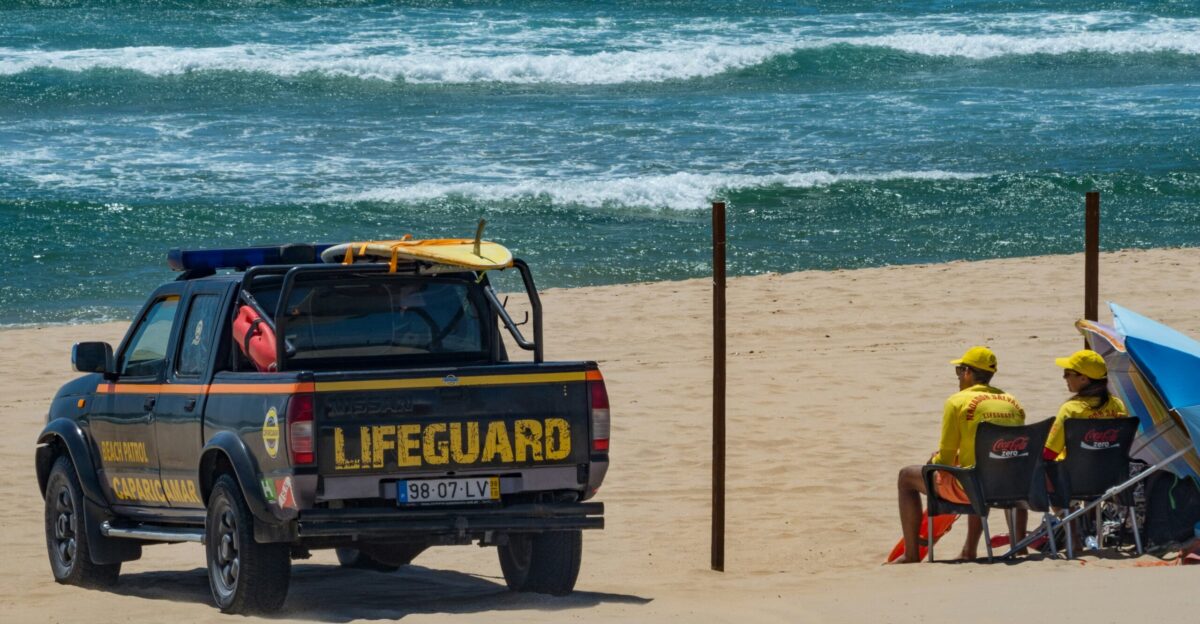
The dangerous conditions were not limited to Orange County. Neighboring coastal cities from Los Angeles to San Diego also reported rescue spikes, indicating a regional trend of escalating ocean hazards. Lifeguard agencies across Southern California faced increased demands as rip currents and high surf endangered swimmers. This surge reflects broader environmental changes, including shifting weather patterns and ocean temperatures, contributing to more frequent and intense rip currents.
The regional nature of these hazards underscores the importance of coordinated emergency response efforts and shared safety protocols. Coastal communities are now grappling with adapting to these evolving risks, balancing tourism and recreation with public safety. The July Fourth weekend was a stark reminder that ocean safety is a collective responsibility requiring vigilance and preparation across the coastline.
Changing Beachgoing Habits and Safety Needs
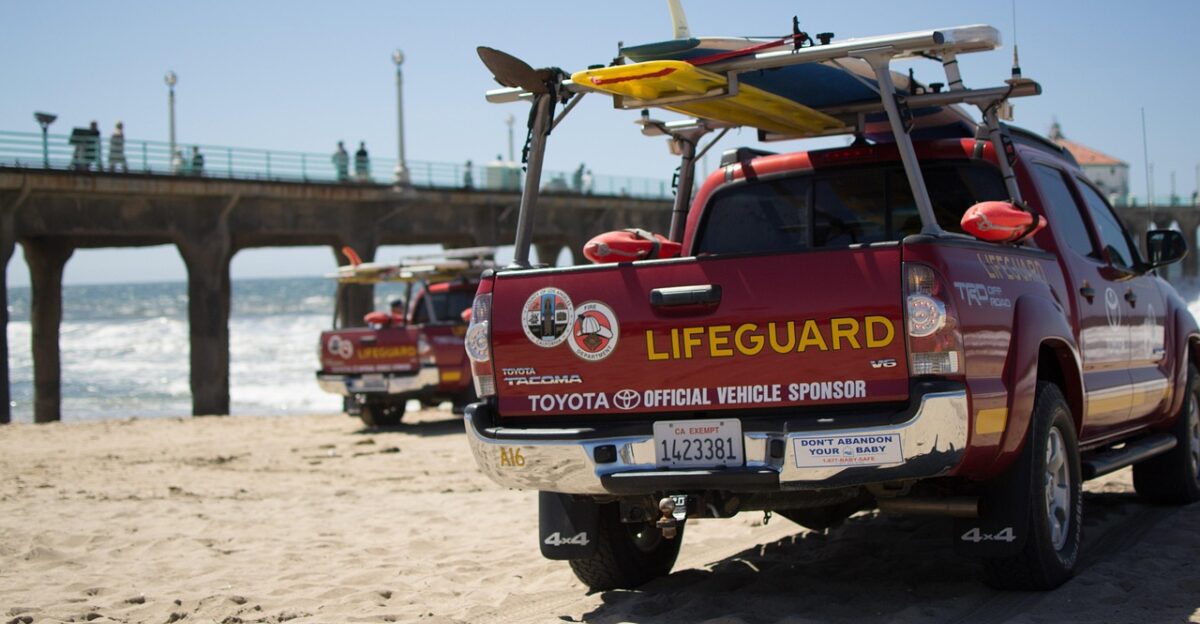
As outdoor recreation grows popular, more people visit beaches, especially during summer holidays like July Fourth. Social media platforms have amplified awareness about rip currents and ocean dangers, with many users sharing warnings and safety tips. However, increased beach attendance also means more people unfamiliar with ocean hazards are entering the water. This shift in consumer habits demands enhanced safety education and expanded lifeguard presence.
Public campaigns focusing on rip current identification and prevention are becoming essential. Technology such as drone surveillance and real-time warning systems is also being explored to improve beach safety. The evolving relationship between beachgoers and the ocean highlights the need for proactive measures to prevent accidents and ensure enjoyable, safe experiences for all visitors.
Looking Forward: Protecting California’s Coastline
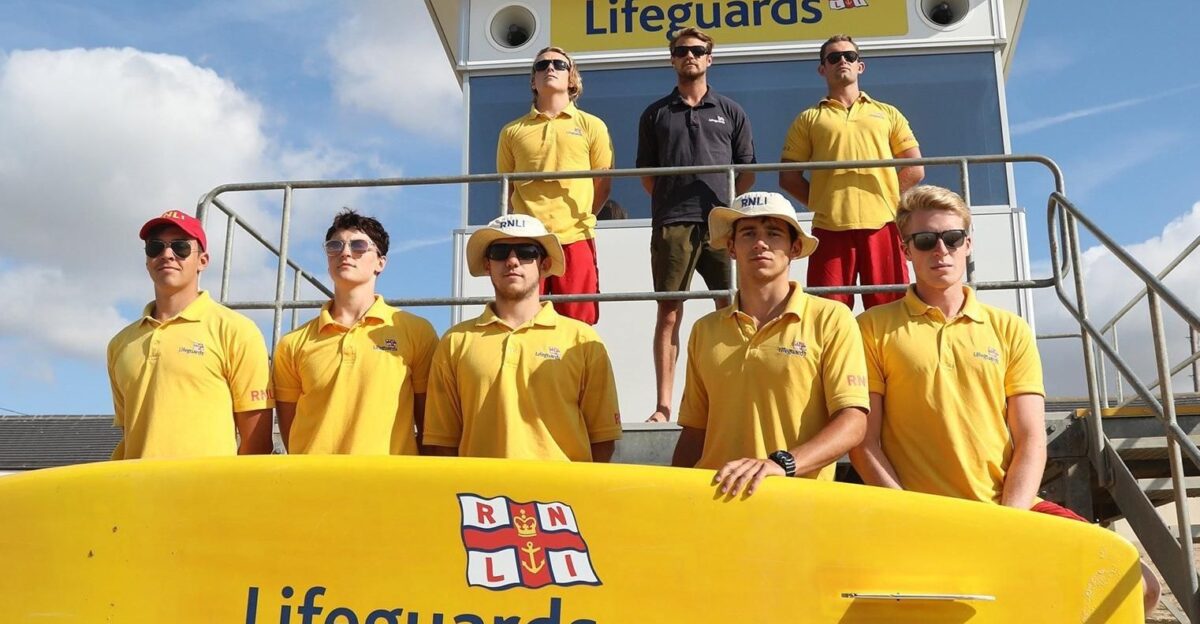
With dangerous surf and rip currents expected to persist, California’s coastal communities face critical decisions about how to protect millions of visitors. Lifeguard staffing, public education, and emergency infrastructure investments will be key. Innovations such as enhanced warning systems, improved rescue equipment, and community outreach programs will likely become priorities. The challenge lies in balancing the allure of California’s iconic beaches with the realities of increasing ocean hazards.
Adaptive strategies will be essential as climate change and environmental shifts continue to impact coastal conditions. The question remains: how will these communities evolve to safeguard lives while preserving the coastline’s natural beauty and recreational value? The July Fourth rescues are a powerful call to action for policymakers, lifeguards, and beachgoers alike.







